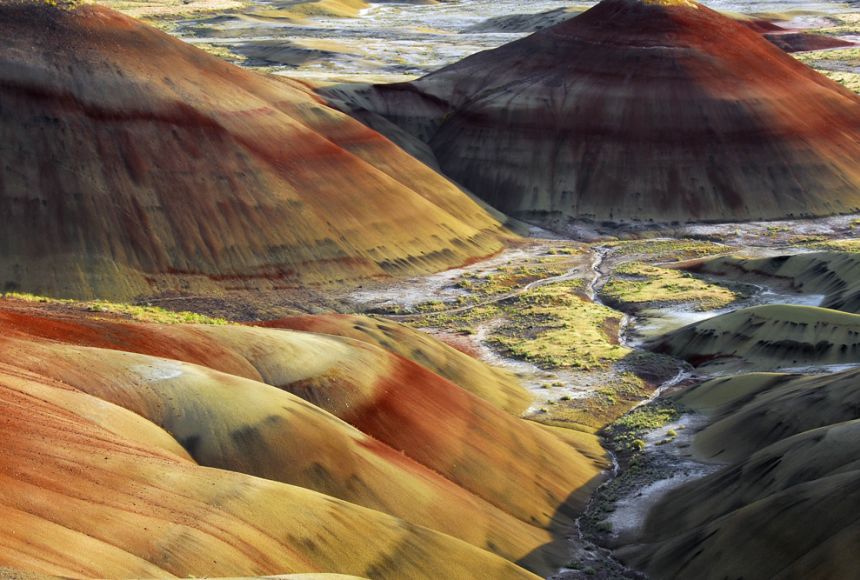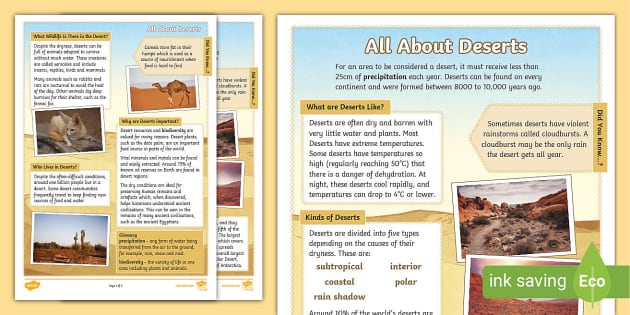big wata
Ocean
you can sled down it in winter
hill
A hill is a piece of land that rises higher than everything surrounding it.
Grades
4 - 12+
Subjects
Earth Science, Geology, Geography, Physical Geography
Photograph
Painted HillsDifferent rock strata are visible in the Painted Hills, in the U.S. state of Oregon. The red layers in the hills are deposits left by sediments rich in iron and aluminum. The sediments were deposited millions of years ago, when the Painted Hills were an ancient river bed and flood plain.
Photograph by Michel Hersen, MyShot

 Photograph
Photograph Photograph
Photograph Photograph
Photograph Photograph
Photograph Photograph
Photograph Photograph
Photograph
A hill is a piece of land that rises higher than everything surrounding it. It looks like a little bump in the Earth. Since they are higher than everything around them, hills are good places to get a nice view.
Hills are easier to climb than mountains. They are less steep and not as high. But, like a mountain, a hill will usually have an obvious summit, which is its highest point.
According to the U.S. Geological Survey, there is no official difference between hills and mountains. The United Kingdom and the United States used to define hills as summits less than 1,000 feet. However, both countries abandoned the distinction in the mid-twentieth century.
Sometimes, you'll find a hill made by people. This is called a mound. In the Midwest region of North America, a network of Native Americans known as the Hopewell created huge mounds. In fact, the Hopewell people are often calle
It is a dry place

Its something out in the ocean
An island is any landmass smaller than a continent, completely surrounded by water. Islands can be found in oceans, seas, lakes, or rivers and are classified as either continental or oceanic. A group of islands is called an archipelago. The word "island" can also refer to other things, such as a kitchen island or a raised area in a road for directing traffic, or to specific places like Iceland or Island, Kentucky.
Types of islands
- Continental islands: These were once part of a nearby continent but became separated by water due to plate tectonics or changes in sea level. Greenland and New Guinea are examples.
- Oceanic islands: These rise from the ocean floor and were never part of a continent.
- Coral islands: These are formed from the buildup of coral reefs.
- Tidal islands: These are landmasses connected to the mainland by a causeway that is submerged at high tide.
- Artificial islands: These are man-made islands created for various purposes.
Other meanings of "island"
- Structure: A raised area, like a kitchen island, or a superstructure on a ship.
- Traffic island: A raised or painted area in a road that separates traffic.
- Software: Island is the name of an enterprise browser that focuses on security and productivity.
- Places: Specific geographic locations with "Island" in their name, such as Iceland or Island, Kentucky.